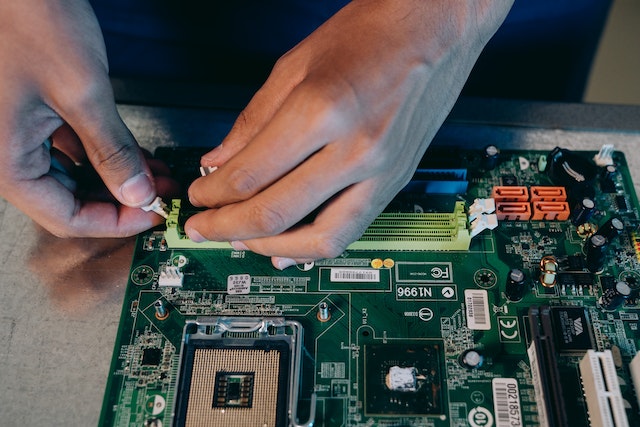Your vehicle’s windscreen is not just a sheet of glass; it’s a vital safety feature that plays a crucial role in your driving experience. Unfortunately, it’s also susceptible to damage, such as chips and cracks, which can compromise both your safety and the integrity of your vehicle. In this comprehensive guide, we’ll delve into the importance of windscreen chip repair and why addressing it promptly is essential for safe and stress-free driving.
The Anatomy of Windscreen Chips
Windscreen chips can occur due to various reasons, such as:
- Road Debris: Flying rocks, gravel, or debris from other vehicles can impact your windscreen, resulting in chips.
- Temperature Fluctuations: Sudden changes in temperature, such as extreme cold or heat, can stress the glass and lead to chips.
- Stress Cracks: Existing cracks or chips can worsen over time due to the stress imposed by driving or temperature fluctuations.
Regardless of the cause, neglecting a chip can cause it to spread into a more extensive crack, compromising your safety and increasing repair costs.
The Urgency of Prompt Repair
Windscreen chip repair should be a priority for several reasons:
1. Safety First:
A damaged windscreen can obstruct your vision while driving, increasing the risk of accidents. Additionally, a weakened windscreen may not provide adequate support for airbags in case of a collision, putting your safety at risk.
2. Cost Savings:
Repairing a minor chip is significantly more cost-effective than replacing the entire windscreen. Ignoring a chip can lead to it expanding, necessitating a costly replacement.
3. Legal Requirements:
Many regions have strict regulations regarding windscreen damage that impairs visibility. Driving with a damaged windscreen can lead to fines and penalties. Keeping your windscreen in good condition is both responsible and often legally required.
The Windscreen Chip Repair Process
Windscreen chip repair is a relatively straightforward process when addressed promptly. Here’s a step-by-step overview:
1. Assessment:
A professional technician will evaluate the chip’s size, depth, and location to determine whether it can be repaired or if windscreen replacement is necessary.
2. Cleaning:
The damaged area is meticulously cleaned to remove debris and ensure a clean surface for proper adhesion.
3. Resin Injection:
A specialized resin is injected into the chip, filling the void and preventing further spreading of the damage.
4. Curing:
Ultraviolet (UV) light is used to cure and harden the resin, restoring the windscreen’s integrity.
5. Polishing:
The repaired area is polished to ensure a smooth and clear finish, making the chip virtually invisible.
The entire process typically takes less than an hour, and the results are both effective and aesthetically pleasing.
DIY vs. Professional Repair
While DIY windscreen chip repair kits are available, it’s generally advisable to have a professional handle the job. Experienced technicians possess the necessary skills, tools, and materials to ensure a high-quality repair that meets safety standards.
